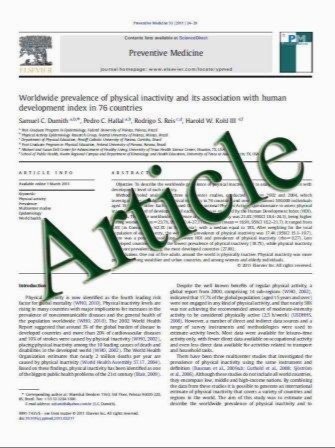NAFLD and Insulin Resistance Do Not Increase the Risk of Postoperative Complications Among Patients Undergoing Bariatric Surgery—A Prospective Analysis
- نوع فایل : کتاب
- زبان : انگلیسی
- مؤلف : Tarsila Ribeireiro & James Swain & Michael Sarr &Michael Kendrick & Florencia Que & Schuyler Sanderson & Anuradha Krishnan & Kimberly Viker & Kymberl
- چاپ و سال / کشور: 2010
Description
Background Nonalcoholic fatty liver disease (NAFLD) and insulin resistance are common consequences of obesity and are highly prevalent among patients undergoing bariatric surgery. Insulin resistance and NAFLD have been reported to be associated with postoperative complications following major surgery. Methods We prospectively evaluated complications in a cohort of 437 consecutive patients undergoing bariatric surgery. Detailed metabolic profile was obtained prior to surgery, and liver biopsies were taken routinely during surgery. Results Mean age was 47.8 years (20–77), and mean body mass index (BMI) was 48.5 kg/m2 (32–94). Common co-morbid conditions were metabolic syndrome (79%), obstructive sleep apnea (73%), and hypertension (60%). Seventy-seven percent underwent Roux-en-Y gastric bypass, 15% biliopancreatic diversion with duodenal switch, and 8% adjustable gastric banding. The operative approach was laparoscopic in 81% of patients. Liver histology was normal in 22% of patients. Seventy-eight percent of patients had NAFLD. Nonalcoholic steatohepatitis (NASH) was present in 18%. Advanced fibrosis (stage 3–4) was present in 5%. Complications were observed in 25% of the cohort, the most frequent being infection, occurring in 14%. The wound was the most frequent site of infection (9%). There were no cases of postoperative hepatic decompensation. Reoperation was necessary in 7%. In univariate analysis, the factors associated with complications were male gender (p=0.009), type and approach of surgery (p=0.023 and p=0.0001, respectively), BMI (p=0.000), serum creatinine (p=0.023), and serum albumin (p=0.0001). In multivariate analysis, the independent factors associated with complications in bariatric surgery were BMI (OR 1.039, 95% CI 1.010–1.068; p= 0.008), surgical approach (OR 2.696, 95% CI 1.547–4.698; p=0.000), and serum albumin (OR 0.416, 95% CI 0.176– 0.978; p=0.044). NASH was not predictive of complications. Conclusions Bariatric surgery is a safe and efficient treatment for obesity. The occurrence of NAFLD or NASH without portal hypertension should not preclude the procedure.
OBES SURG (2011) 21:310–315 DOI 10.1007/s11695-010-0228-6 Published online: 5 October 2010


